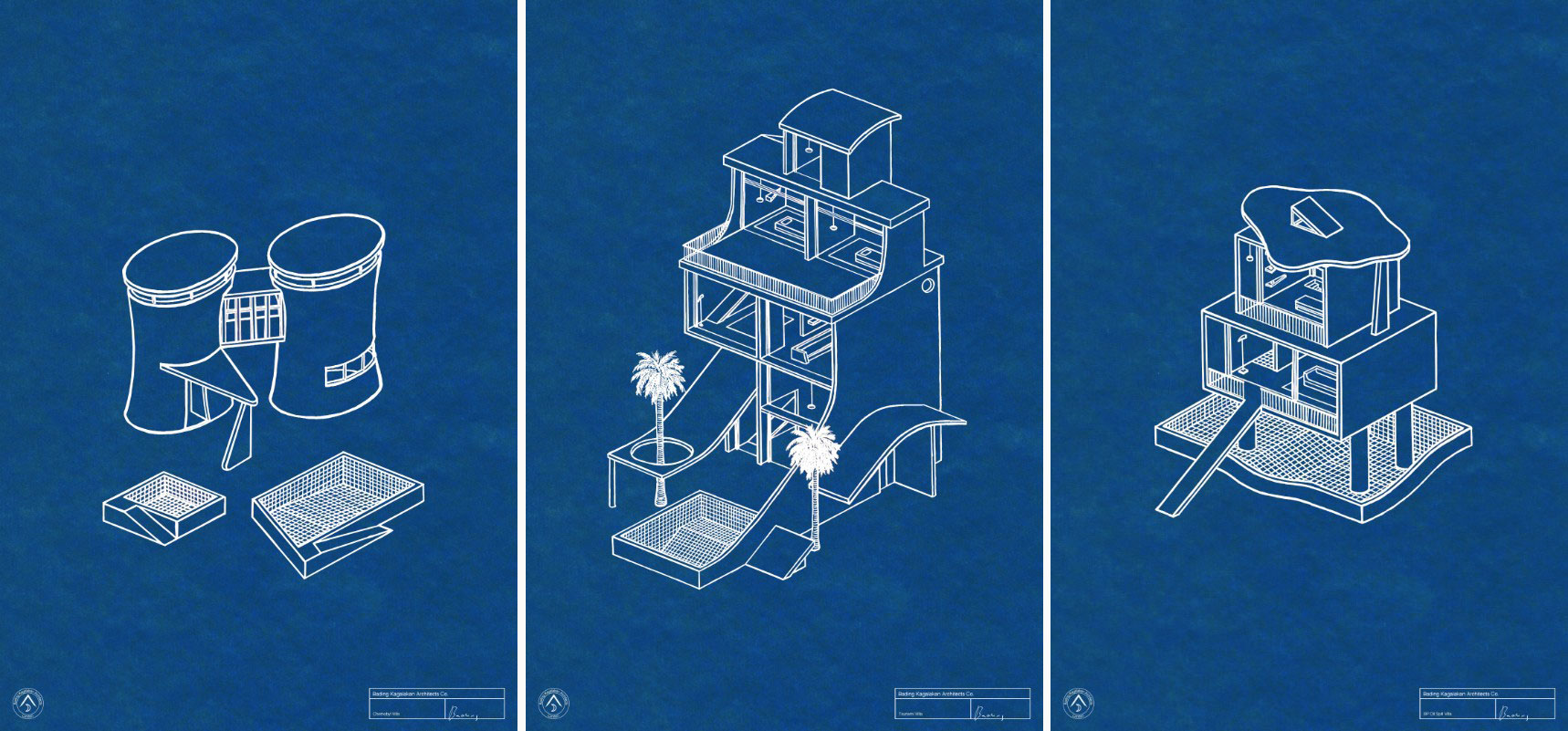Paul Edwards, A Vast Machine (Cambridge, MA: MIT Press, 2010).
Paul Virilio, Bunker Archaeology (New York: Princeton Architectural Press, 2008).
Larry Busbea, Topologies: The Urban Utopia in France (Cambridge, MA: MIT Press 2012)
On Bernal, I rely heavily on Andrew Brown, JD Bernal: The Sage of Science (Oxford, Oxford University Press: 2005).
JD Bernal, The World, The Flesh and the Devil, ➝.
This text is a fragment of an ongoing project on the Social Relations of Science movement. See also McKenzie Wark, “Joseph Needham: The Great Amphibian,” Public Seminar (5 September, 2014), ➝.
Michel Foucault, Power/Knowledge (New York: Vintage, 1980).
Peter Sloterdijk, Terror from the Air (Los Angeles: Semiotext(e), 2009).
The Allies were already using radar—surely one of the great “architectural” inventions of the period—but access to German technology accelerated its development. Robert Buderi, The Invention that Changed the World (New York: Simon & Schuster, 1996).
Geoff Manaugh, “Drift Station Bravo,” BLDGBLOG (25 February, 2010), ➝.
Ralph Bagnold, The Physics of Blown Sand and Desert Dunes (Mineola, NY: Dover, 1941/2005).
The History of the Norman People: Wace’s Roman de Rou, trans. Glyn Burgess, (Woodbridge, UK: Boydell Press, 2004).
Benjamin Bratton, The Stack (Cambridge, MA: MIT Press, 2015); Keller Easterling, Extrastatecraft (Brooklyn, NY, Verso Books, 2014).
